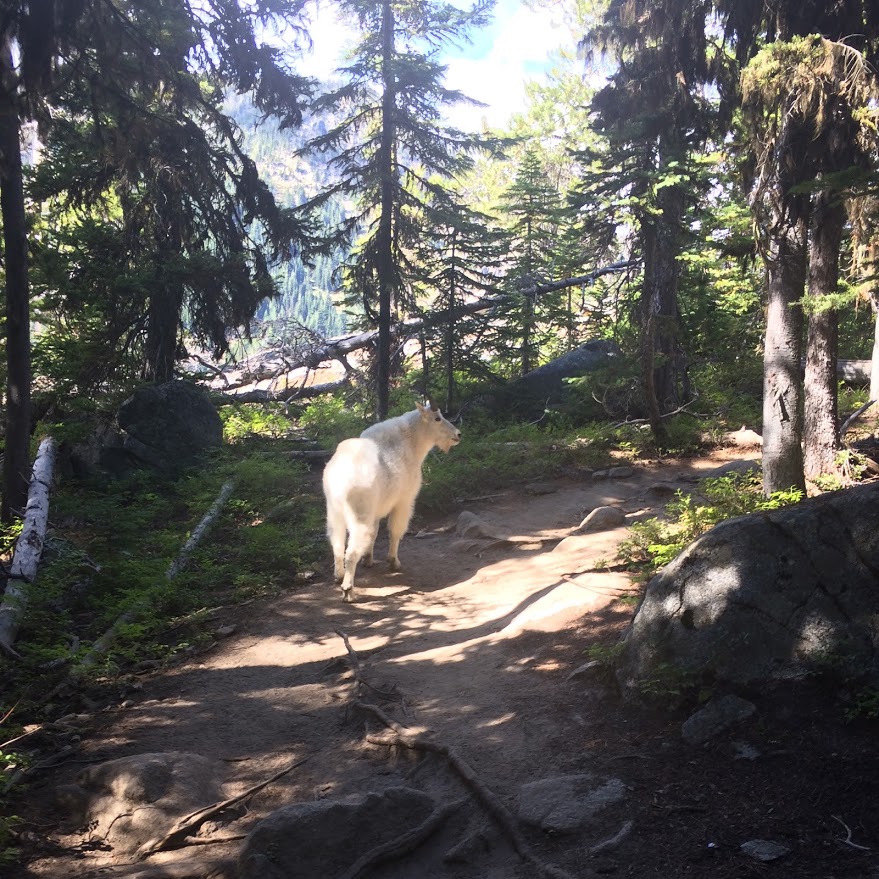Weekly Lists: Five marvelous mountain goat facts
September 7, 2018
This fall, the U.S. National Park Service, or NPS, plans to begin removing mountain goats from Olympic National Park due the danger they pose to both the Park’s ecosystem and visitors. To rebuke this bad publicity, The Apple Leaf compiled some important facts about the mountain goat that are sure to make you ruminate.
1. They’re not sexist
Mountain goats break the stereotype of gender inequality; both billies and nannies (the respective names for male and female mountain goats) have horns of about 9-12 inches. Instead of limiting the sharp, deadly forehead extensions to males exclusively, genders have an equal opportunity to impale.
2. They like to be high
These creatures can most often be found in subalpine and alpine ecosystems, meaning that anywhere beyond 10,000 feet above sea level is the perfect place for a mountain goat sighting, according to the NPS. Due to their pickiness of heights, they can only be found in select areas of North America, including the Cascade, Rocky and Sierra Nevada mountain ranges.
3. They’d make incredible athletes
The world record for the standing long jump is slightly over 12 feet, according to National Public Radio. Mountain goats jump that far on a daily basis – often off of or between steep ledges. Living in the mountains, they’ve also adapted to climbing up sheer rock faces, often stopping at small outcroppings to take a rest in the shade or eat moss growing on rocks. Their secret: footwear. Mountain goats have hard, strong hooves with flexible pads that provide traction on nearly any surface.
4. They’re not actually goats
For those who aren’t caught up with modern species classification, a “true” – or domesticated – goat must be part of the genus Capra, according to National Geographic. Instead, mountain goats are the sole species of the genus Oreamnos. This variation is due to its specialization in high altitudes and adapted fur, bones and hooves. Before the accusations of goat fraud come flying, mountain goats fall in the same subfamily as true goats, meaning that their names are more realistic than seahorses or Komodo dragons.
5. They’re on an unusual diet
Mountain goats have certainly embraced Millennial culture, going completely vegetarian. As herbivores, they spend most of their waking hours searching for grasses, shrubs, moss and more greens to snack on. After chewing their salad into a ball, their rumen – a compartment in their stomach – allows them to regurgitate it and eat it again. Next to greens on the mountain-goat-dietary-importance chart comes salt; goats will travel up to 18 miles a day to find salt deposits to lick, according to the Washington Department of Fish and Wildlife.



